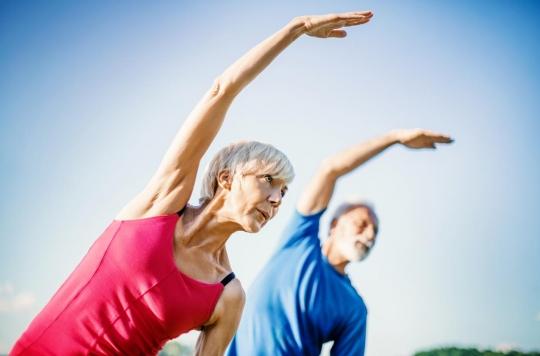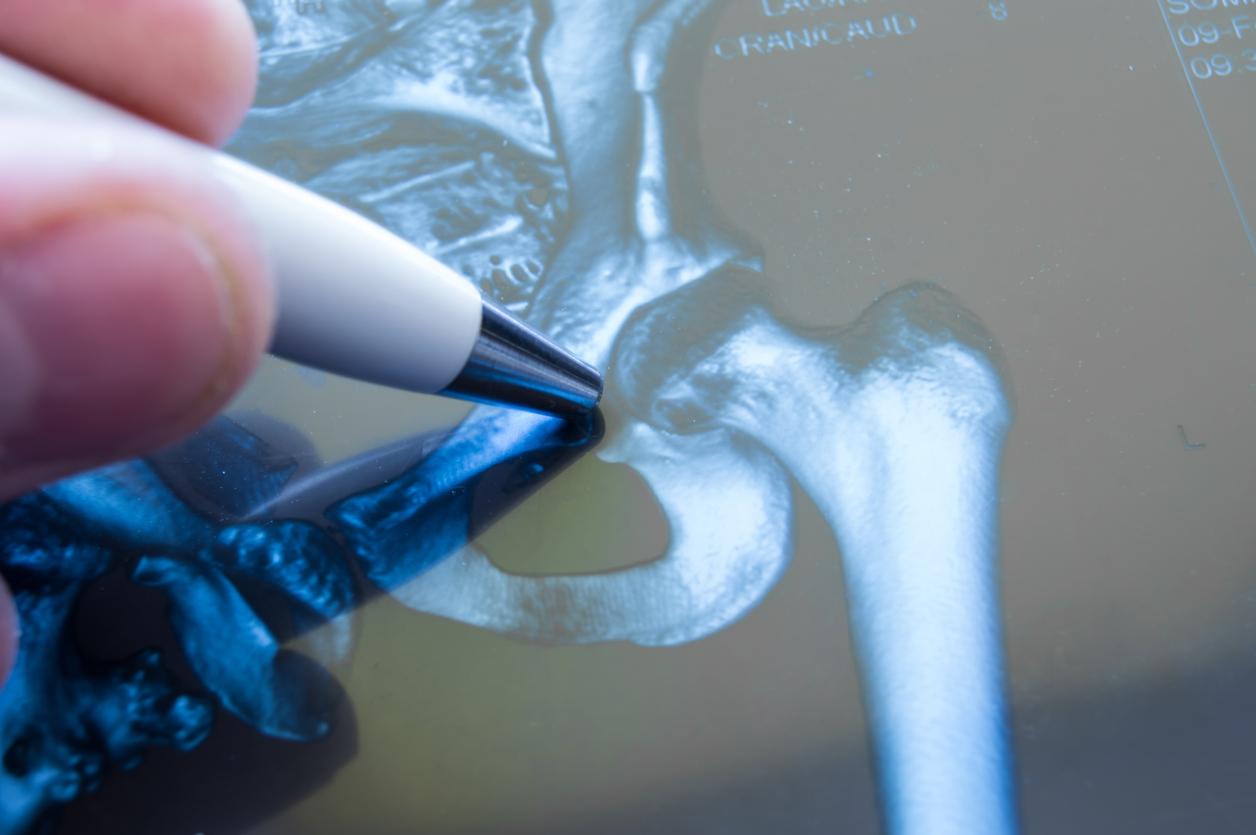Recommended for mental and physical well-being, the practice of yoga can also lead to injuries. A new study suggests that certain postures could cause bone damage in people with osteoporosis.

Associated with many benefits, both physically and psychologically, yoga is on the rise. Recommended to relieve arthritis pain, prevent heart disease or treat depression, this sport is sometimes even recommended by doctors to improve overall well-being. However, yoga is not always the sport without risk to health and accessible to all that one thinks.
This is in any case what highlights a new study carried out by the Mayo Clinic, in the United States, and whose results have been published in the journal Mayo Clinic Proceedings. According to its authors, certain yoga postures are indeed likely to cause bone lesions in people with osteoporosis.
Disc degeneration, spinal slippage and compression fractures
Affecting nearly 3 million people in France, including 30 to 40% of postmenopausal women, osteoporosis is a disease characterized by excessive fragility of the skeleton, due to a decrease in bone mass and impaired bone micro-architecture. This loss of bone strength, called osteopenia when the diagnosis of osteoporosis has not yet been made, then predisposes to fractures.
For the authors of the study, the practice of yoga can contribute to causing these bone lesions. “The benefits of yoga in terms of flexibility, strength and balance are widely known,” they write. However, “numerous reports have described injuries resulting from yoga, ranging from mild muscle strains to bone fractures.” “Particularly for osteoporotic and osteopenic patients, reports of bone damage raise concerns that merit further investigation,” the researchers continue, explaining that these concerns were the basis of their study.
To test the link between yoga practice and the experience of additional injury in people with osteoporosis, the research team analyzed the medical records of 89 people, mostly women, who had referred pain attributed to yoga practice. Most have meant back, neck, shoulder, hip and/or knee pain.
Patients identified 12 postures that they believed caused or worsened their symptoms. The most common postures involved extreme flexion or extension of the spine. This is the case of downward facing dog postures, the bridge or the handstand. The researchers then used the patients’ medical records and performed tests to confirm and classify the injuries as damage to soft tissues, joints and bones.
A total of 29 bone lesions were identified, including disc degeneration, vertebral slippage and compression fractures. These fractures appear to be related to postures that put extra pressure on the vertebra and discs.
Adapt postures to avoid injuries
For Mehrsheed Sinaki, physical medicine specialist in rehabilitation at the Mayo Clinic, and lead author of the study, these results do not mean that people with osteoporosis should stop practicing yoga. Simply, an adaptation of postures to avoid injuries and lesions is necessary. “If you have osteoporosis or osteopenia, postures should be modified to suit your condition. As people age, they may benefit from reviewing their old exercise regimens to avoid the consequences. unwanted.”
Patients who incorporated recommendations to modify their movements actually reduced their pain and improved their symptoms, the researchers note.

.















